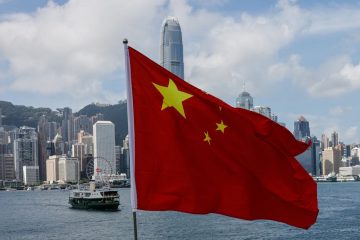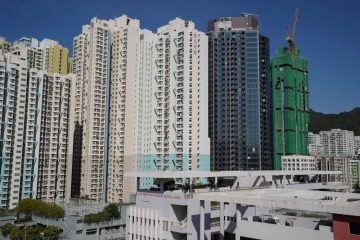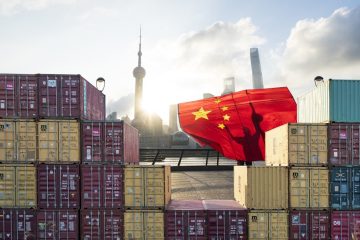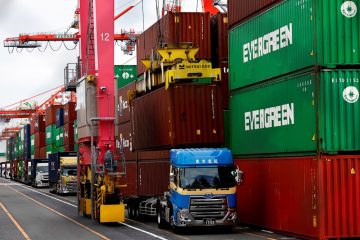China’s Shipbuilding Supremacy is waning
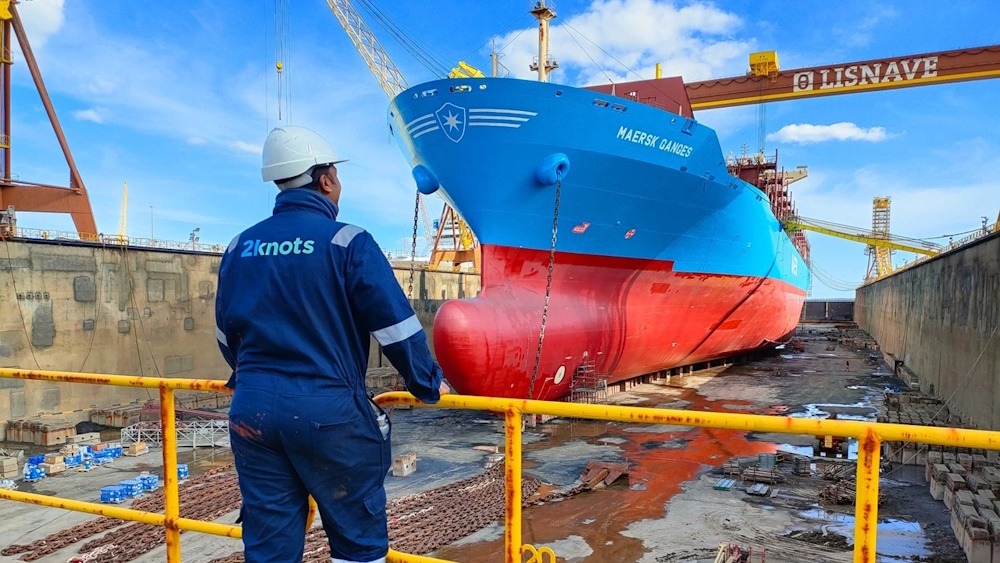
The longstanding dominance of China in the global shipbuilding industry has significantly weakened in the first half of 2025. Recent industry data, indicates that Chinese shipyards — historically the largest recipients of new ship orders worldwide — have experienced a significant decline in new business this year.
Clarksons Research reports that new ship orders for Chinese shipyards fell 68 per cent year-on-year, totaling 26.3 million deadweight tonnes (dwt) in the first half of 2025. This represents one of the sharpest drops in recent years. In contrast, South Korea, the world’s second-largest shipbuilding nation, experienced a modest decline of 7 percent during the same period, securing new orders amounting to 14.2 million dwt, according to the report. South Korea saw a decline in orders but reduced the gap with China in relative terms. In the first half of 2025, China’s share of global new ship orders decreased from 75 per cent to 56 per cent compared to the previous year. South Korea’s share increased from 14 percent to 30 percent during that time.
China continues to be the largest volume player, indicating a significant rebalancing of the global shipbuilding market. Experts in the report indicated that Korean and Japanese shipyards have gained from shipowners’ choices to construct vessels outside of China due to heightened geopolitical tensions. South Korea’s major players, including Hyundai Heavy Industries (HHI) and Hanwha Ocean, have expanded their presence in the US market. Since 2024, both companies have been competing for contracts concerning the maintenance and overhaul of US Navy vessels. In April this year, HHI signed an agreement to share technology and cooperate with Huntington Ingalls Industries, the largest military shipbuilder in the US.
The report identified several factors contributing to China’s declining market share. One of the clearest drivers has been the measures implemented by the Donald Trump-led US administration aimed at China’s shipbuilding sector. In April this year, the US imposed significant fees on vessels owned, operated, or constructed by Chinese companies entering American ports. Additional tariffs on Chinese-made equipment used in shipbuilding, including ship-to-shore cranes, have intensified the challenges facing Chinese shipyards’ competitiveness.
Despite opposition from industry groups, market data indicates that these restrictions are starting to show results. Chinese shipyards are not only falling behind in ship construction but are also losing their edge in repair and maintenance services. Data indicates that China’s share of repair work for very large crude carriers (VLCCs) decreased from an average of 70 percent between 2021 and 2024 to approximately 50 percent in the first half of 2025.
The US restrictions alone do not entirely account for the shift. According to analysts referenced by South China Morning Post, a cyclical decline in global shipbuilding demand is disproportionately affecting Chinese yards. Between 2021 and 2024, the demand boom led to excess orders flowing from capacity-constrained Korean and Japanese yards to China’s more adaptable shipbuilders. However, as global new orders slowed in 2025, the spillover effect has diminished.
Shipowners reportedly prefer vessels built in Korea or Japan, as they command higher resale values on the second-hand market, further compounding the downturn for Chinese shipyards. Larger Chinese shipyards are anticipated to maintain resilience despite the ongoing slump. However, the outlook remains uncertain for smaller, private yards facing weaker order books. According to Clarksons’ data, Chinese-built vessels account for 23 percent of the total global fleet currently in service. With US restrictions intensifying and South Korea enhancing shipbuilding cooperation with Washington, industry analysts indicate that China’s shipyards may encounter sustained pressure.


